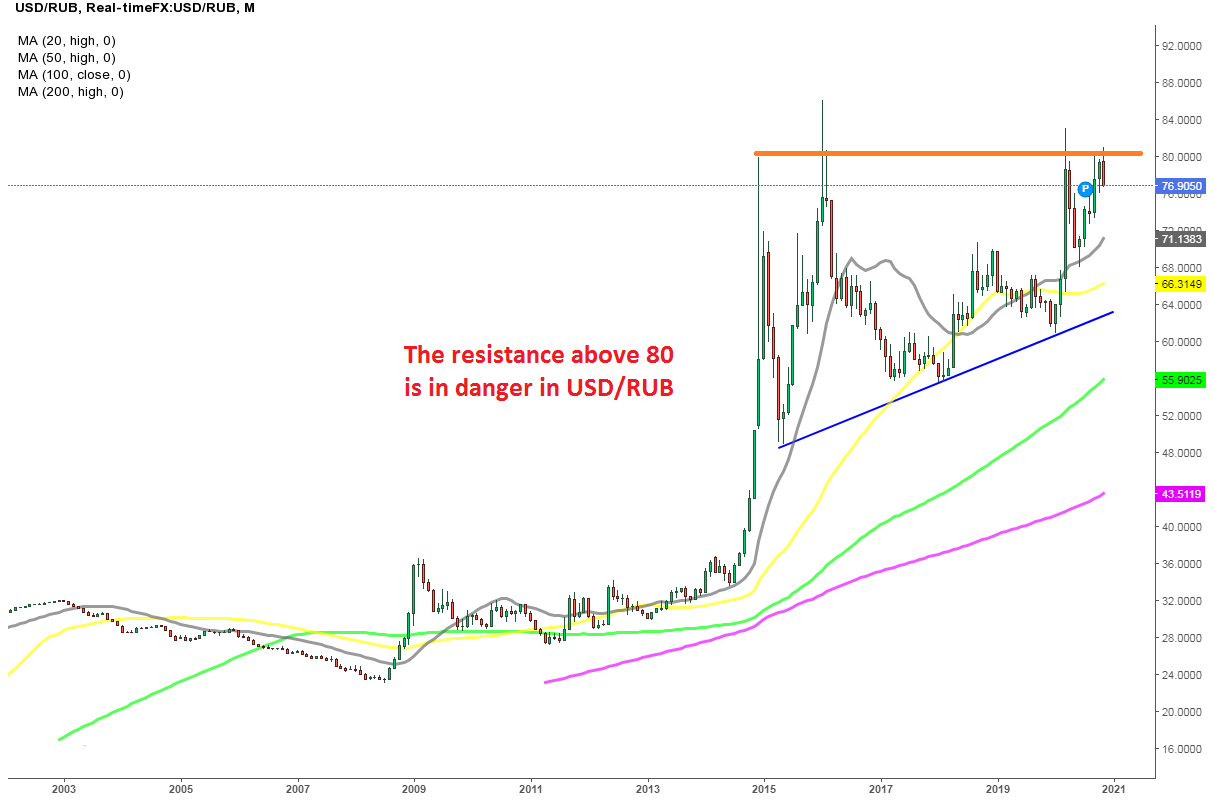The exchange rate between the United States Dollar (USD) and the Russian Ruble (RUR) is a crucial indicator of the economic relationship between the United States and Russia. Investors, businesses, and policymakers closely monitor this exchange rate as it influences trade, investment decisions, and economic policies. In this article, we will delve into the factors that impact the USD to RUR exchange rate and explore the historical trends that have shaped this dynamic relationship.
Historical Overview:
The history of the USD to RUR exchange rate is marked by fluctuations driven by various geopolitical events, economic conditions, and policy decisions. The collapse of the Soviet Union in the early 1990s led to the introduction of the Russian Ruble as the official currency, replacing the Soviet ruble. In the subsequent years, Russia underwent economic reforms, but the ruble faced severe devaluation crises, particularly in 1998 and 2014.
Factors Influencing the Exchange Rate:
- Geopolitical Events: Geopolitical tensions between the United States and Russia can significantly impact the exchange rate. Sanctions, political uncertainties, and diplomatic relations play a crucial role in shaping investor confidence and affecting the value of the Russian Ruble.
- Oil Prices: Russia is a major oil exporter, and its economy is heavily dependent on oil revenues. Fluctuations in global oil prices can impact Russia’s economic stability and, consequently, the value of the ruble. A decline in oil prices often leads to depreciation of the ruble.
- Interest Rates: The interest rate differentials between the United States and Russia influence capital flows and, subsequently, the exchange rate. Higher interest rates in the U.S. may attract foreign capital, causing an appreciation of the USD against the RUR.
- Inflation Rates: Inflation differentials between the two countries can affect their respective currencies. Higher inflation in Russia compared to the U.S. may lead to a depreciation of the ruble against the dollar.
- Economic Indicators: Key economic indicators such as GDP growth, employment rates, and trade balances can impact the exchange rate. Positive economic data in either country may attract foreign investment, influencing the strength of their respective currencies.
Recent Trends:
Recent years have witnessed a mix of challenges and opportunities for the USD to RUR exchange rate. The geopolitical landscape, including sanctions and diplomatic tensions, has added volatility. The global economic impact of events like the COVID-19 pandemic has also played a role in shaping the exchange rate dynamics.
Conclusion:
Understanding the factors influencing the USD to RUR exchange rate is essential for investors, businesses, and policymakers navigating the complex world of international finance. While historical trends provide insights, staying abreast of current geopolitical developments and economic indicators is crucial for making informed decisions in the ever-evolving landscape of currency exchange.
